-
254425ovo ha inviato un aggiornamento 2 anni, 6 mesi fa
buttonA button is a fastener that joins two pieces of fabric together by slipping through a loop or by sliding through a buttonhole. In modern clothing and fashion design, buttons are commonly made of plastic but also may be made of metal, wood, or seashell. Buttons can also be used on containers such as wallets and bags. Buttons may be sewn onto garments and similar items exclusively for purposes of ornamentation. In the applied arts and craft, a button can be an example of folk art, studio craft, or even a miniature work of art. In archaeology, a button can be a significant artifact. Because buttons have been manufactured from almost every possible material, both natural and synthetic, and combinations of both, the history of the material composition of buttons reflects the timeline of materials technology. Buttons can be individually crafted by artisans, craftspeople or artists from raw materials or found objects (for example fossils), or a combination of both. Alternatively, they can be the product of low-tech cottage industry or can be mass-produced in high-tech factories. Buttons made by artists are art objects, known to button collectors as “studio buttons” (or simply “studios”, from studio craft).
Shank buttons have a hollow protrusion on the back through which thread is sewn to attach the button. Button shanks may be made from a separate piece of the same or a different substance as the button itself, and added to the back of the button, or be carved or moulded directly onto the back of the button, in which latter case the button is referred to by collectors as having a ‘self-shank’. Snap buttons (also pressure buttons or press studs) are metal (usually brass) round discs pinched through the fabric. They are often found on clothing, in particular on denim pieces such as pants and jackets. They are more securely fastened to the material. As they rely on a metal rivet attached securely to the fabric, pressure buttons are difficult to remove without compromising the fabric’s integrity. They are made of two couples: the male stud couple and the female stud couple. Each couple has one front (or top) and rear (or bottom) side (the fabric goes in the middle).
A label (as distinct from signage) is a piece of paper, plastic film, cloth, metal, or other material affixed to a container or product, on which is written or printed information or symbols about the product or item. Information printed directly on a container or article can also be considered labelling. Labels have many uses, including promotion and providing information on a product’s origin, manufacturer (e.g., brand name), use, safety, shelf-life and disposal, some or all of which may be governed by legislation such as that for food in the UK or United States. Methods of production and attachment to packaging are many and various and may also be subject to internationally recognised standards. In many countries, hazardous products such as poisons or flammable liquids must have a warning label. Metal labels, also known as anti-metal electronic tags, metal-attached tags, and anti-metal tags, are special tags packaged with a special anti-metal and electromagnetic interference material and electronic tags. Non-metal-resistant electronic tags cannot be read by electronic tag readers when they encounter metal. According to the division of frequency bands, metal tags can be divided into: low-frequency electronic tags, medium and high-frequency electronic tags, ultra-high frequency and microwave electronic tags. According to the different characteristics of the application and the use environment, metal tags often use different packaging forms. The packaging forms generally include: card type, label type and special-shaped type.
From a texture point of view, most of the materials for making tags are paper, but also plastic and metal. In addition, new hang tags made of holographic anti-counterfeiting materials have also appeared. From the perspective of its shape, it is even more varied: there are long strips, half-folded, round, triangular, pocket-shaped and other special shapes, which are really colorful and dazzling.
PVC is the abbreviation of polyvinyl chloride. It is a polymer material and one of the largest general-purpose plastics in the world. It is widely used. Widely used in building materials, industrial products, daily necessities, floor leather, floor tiles, artificial leather, pipes, wires and cables, packaging films, bottles, foam materials, sealing materials, fibers, etc. The main characteristics of PVC hang tags are high brightness, durability, flexibility and ready-to-stick properties, moisture resistance, UV resistance, aging resistance, chemical solvent resistance, etc.Cord ends is an accessory product used to realize electrical connection, which is divided into the category of connector in industry. With the increasing degree of industrial automation and the stricter and more precise requirements of industrial control, the amount of terminal blocks is gradually increasing. With the development of the electronics industry, the use of terminal blocks is increasing, and there are more and more types. In addition to PCB board terminals, the most widely used ones are metal cord ends, nut cord ends, spring cord ends and so on. The cord ends is used to facilitate the connection of wires. It is actually a piece of metal enclosed in insulating plastic. There are holes at both ends to insert wires. There are screws for fastening or loosening, such as two wires, sometimes Need to connect, sometimes need to be disconnected, then you can use the terminal to connect them, and can be disconnected at any time, without having to solder or twist them together, very convenient and fast. And it is suitable for a large number of wire interconnections. In the power industry, there are special terminal blocks and terminal boxes, all of which are terminal blocks, single-layer, double-layer, current, voltage, common, breakable, etc. A certain crimping area is to ensure reliable contact and to ensure that enough current can pass.
